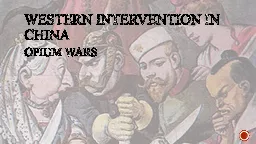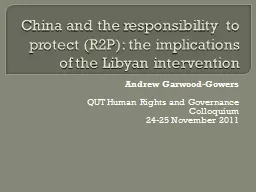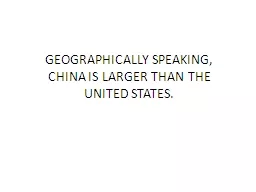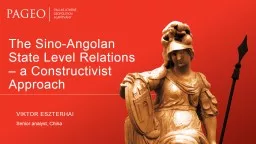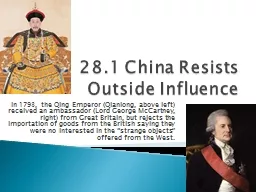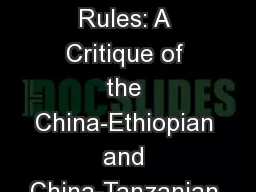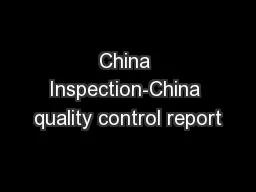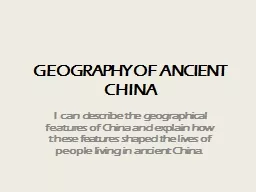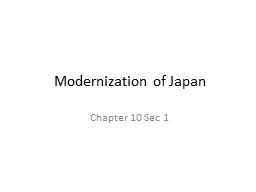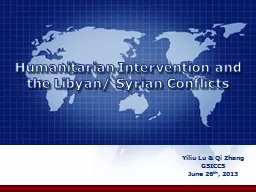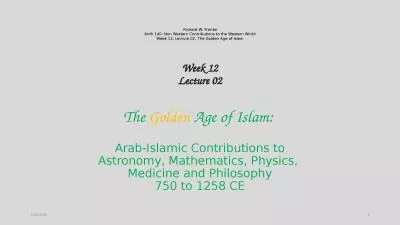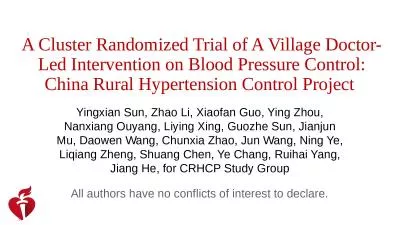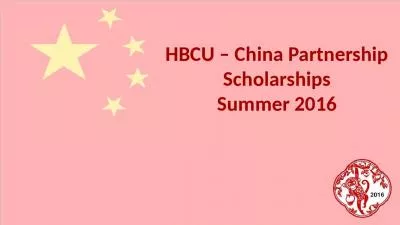PPT-Western Intervention in China
Author : jane-oiler | Published Date : 2020-04-10
Opium Wars Economics of China Trade China did not need western goods While they did not mind trade with the outside if it brought in wealth the Chinese state did
Presentation Embed Code
Download Presentation
Download Presentation The PPT/PDF document " Western Intervention in China" is the property of its rightful owner. Permission is granted to download and print the materials on this website for personal, non-commercial use only, and to display it on your personal computer provided you do not modify the materials and that you retain all copyright notices contained in the materials. By downloading content from our website, you accept the terms of this agreement.
Western Intervention in China: Transcript
Download Rules Of Document
" Western Intervention in China"The content belongs to its owner. You may download and print it for personal use, without modification, and keep all copyright notices. By downloading, you agree to these terms.
Related Documents

